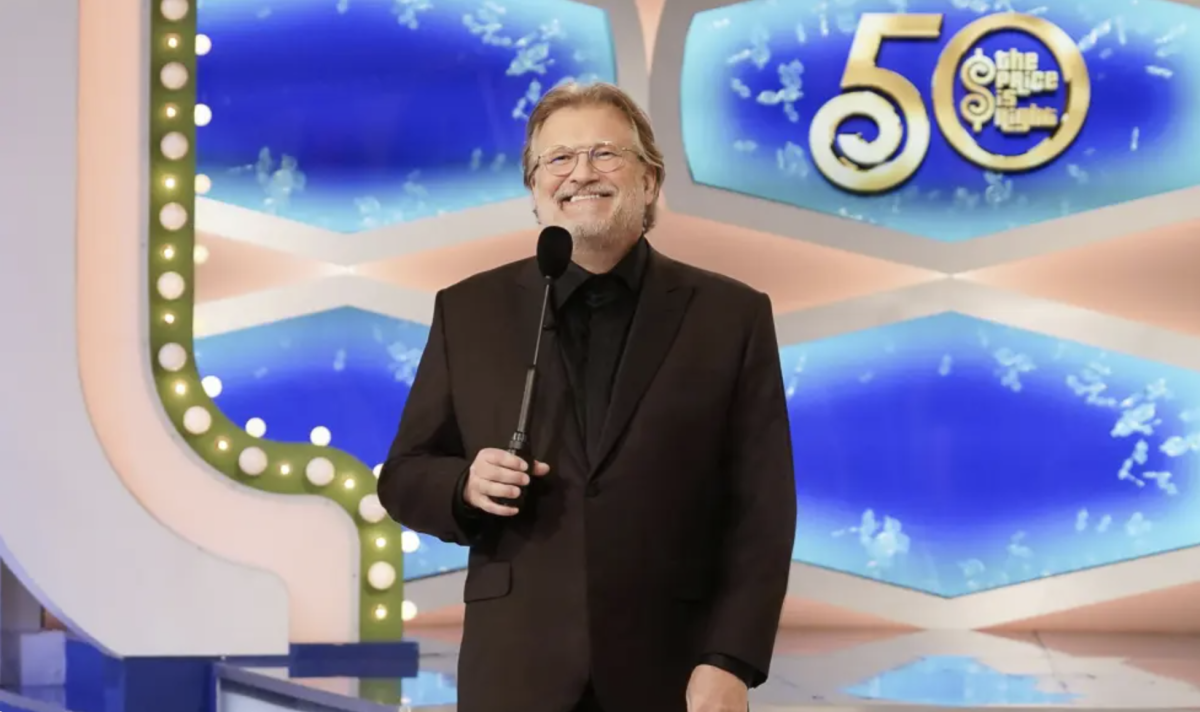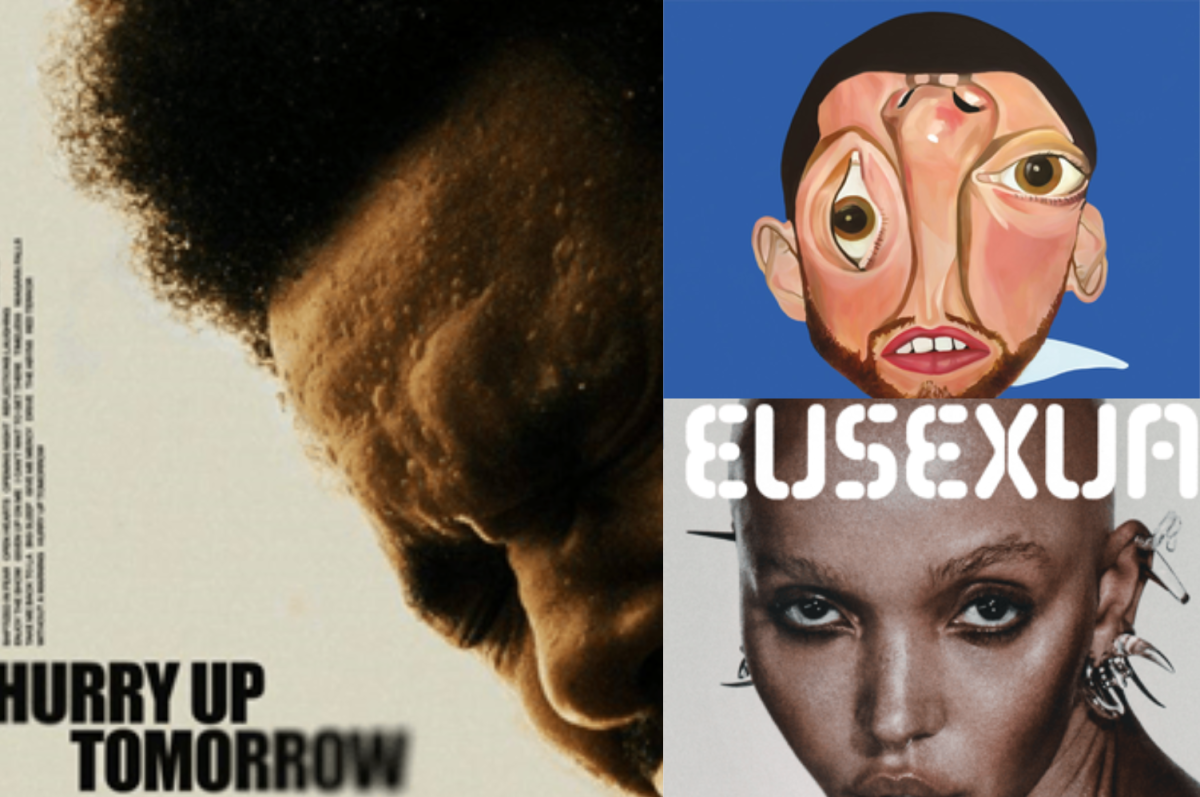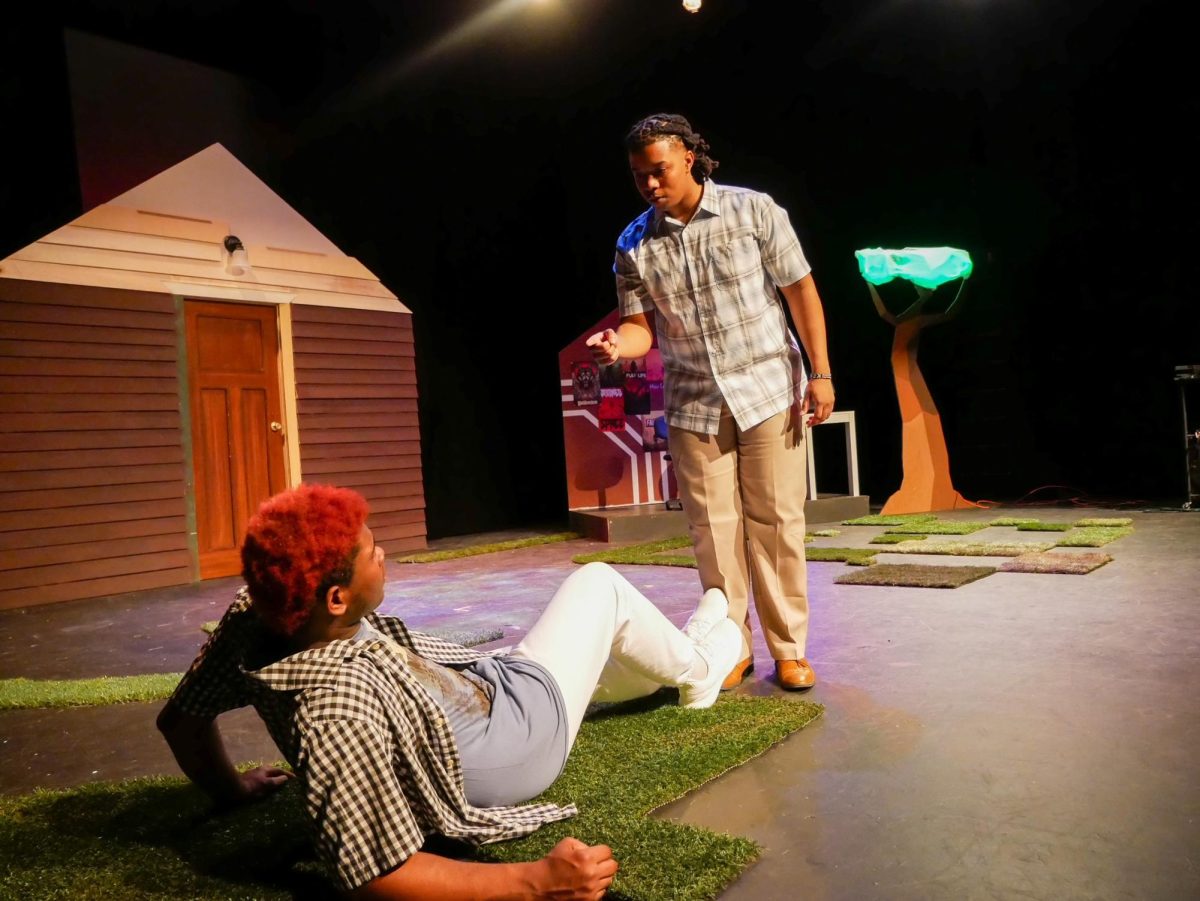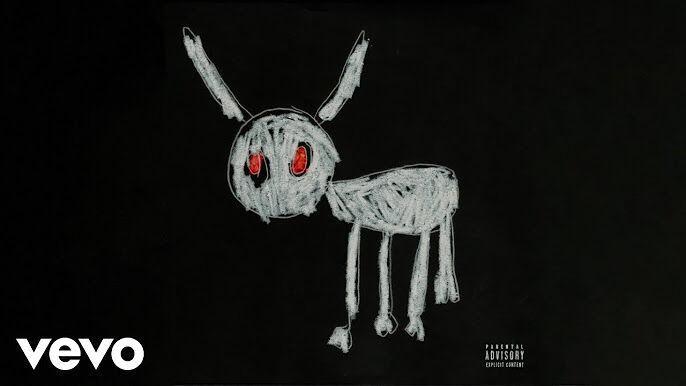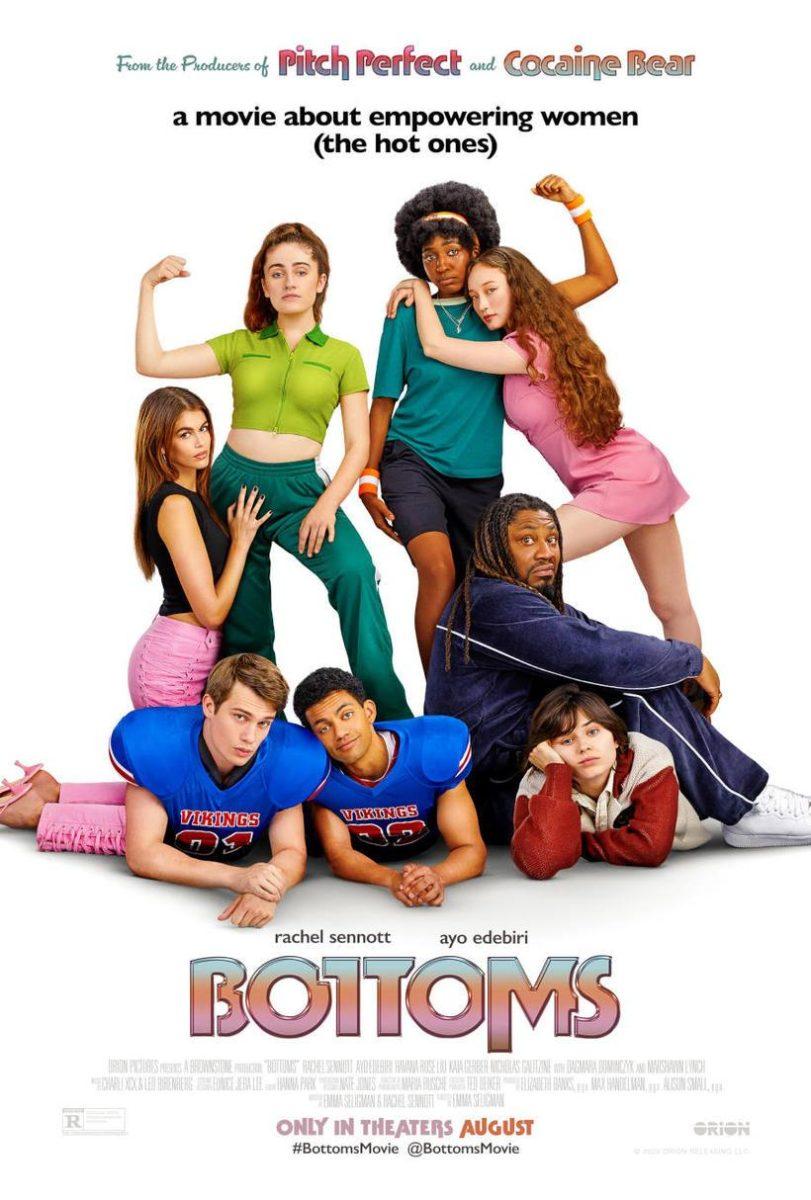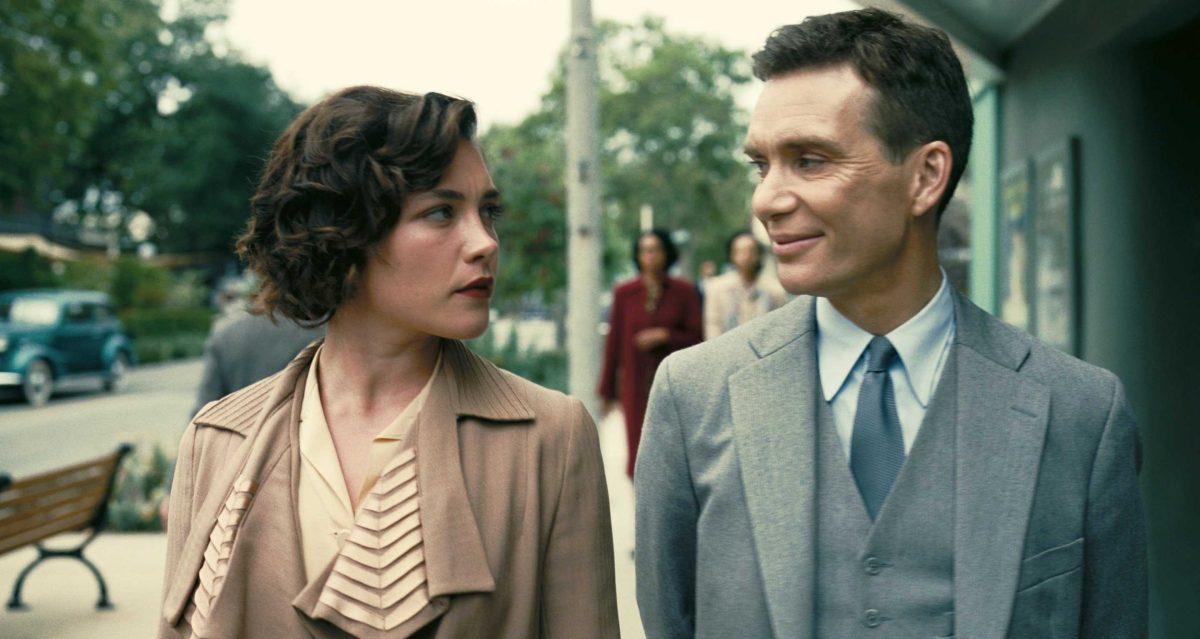STARS: 5/5
The first shot of “Gaga: Five Foot Two” shows a floor-up view of a sequined Lady Gaga, adorned with studded knee-high boots, ascending to the rafters before her Super Bowl performance. While she’s moving farther away from the viewer, she’s still in view.
Since 2014, after the release of her critically-panned album “Artpop,” until last year, this is the way the general public saw Gaga — still present but slowly disintegrating into irrelevancy.
Her 2016 album, “Joanne,” coupled with a high-profile Super Bowl halftime performance signified an effective career shift — one that saw Gaga trading in her over-the-top costumes and theatrics in exchange for relatability and acoustic guitars. Her new image was generally well-received by fans, but some critics wrote it off as another one of Gaga’s gimmicks, or an inauthentic way to appeal to a new audience.
If the same critics watched her documentary, “Gaga: Five Foot Two,” directed by Chris Moukarbel, I hope their views would change as they are faced with the struggles of a deeply emotional and courageous woman on the climb back to the top.
“Five Foot Two” presents a seemingly unfiltered view into the life of one of the world’s biggest pop stars, from trips to Walmart to doctors visits for her chronic pain and fibromyalgia, side effects of a 2013 hip injury.
Gaga presents herself not as Lady Gaga, the fame-obsessed celebrity from “The Fame Monster” but as Stefani, a normal human with wants, needs, emotions and goals. She’s a woman who’s been through pain, heartbreak and loss. At one point, after a phone call with her cancer-stricken best friend Sonja Durham, who passed away since the time of filming, Gaga chokes up and says “I feel like I’m losing everybody.”
Loss is a major theme throughout the documentary, additionally manifesting itself in Gaga’s breakup with fiancé Taylor Kinney — the source of the most poignant scene in the film — and through discussions of the namesake of her album, Joanne Germanotta, her late aunt who died at 19 from complications with lupus.
In one especially touching scene, Gaga plays the titular track from “Joanne” for her grandmother, Joanne’s mother. The scene is hard to watch and beautiful; Gaga’s father, Joe, is moved to tears and leaves in the middle of the song as Gaga cries with her grandmother in her arms. Once the track ends, Gaga asks, “Did I get it right?” to which her grandmother — almost at a loss for words — quietly responds: “Yes.”
Scenes like these elevate “Five Foot Two” past the traditional pop-star doc, shedding light on Gaga’s private life in a way that has never been seen before.
We see her struggle with loneliness, anxiety and depression, crying in rehearsals and dressing rooms from agonizing pain and panic attacks. In doing so, Gaga is relatable on a one-on-one level. Her struggle with life and all of its trying qualities resonates with anyone who’s ever felt lost.
Gaga has matured since her rise to stardom, obvious in “Five Foot Two,” asserting that she feels more confident to be the woman and musician she’s always wanted to be. Gaga hoped to prove that with “Joanne,” and it’s heartbreaking — knowing the lukewarm reception the album generated — the general public was not able to see this.
The documentary is shot in a way that makes the the audience feel like a fly on the wall, peeking in at personal moments and getting a glimpse into all of the singer’s mannerisms and imperfections. Rather than shying away from unflattering scenes or personal anecdotes, it presents Gaga’s intimate moments head-on. In doing so, Gaga is portrayed with a sort of old-Hollywood glamour but also with a rock and roll edge — the classic dichotomy of Lady Gaga.
The film integrates her music into the storyline by showing performances like a slowed-down rendition of “Bad Romance” at Tony Bennett’s 90th birthday and a soulful and joyous “You and I” at the Democratic National Convention.
“Five Foot Two” is also able to incorporate tracks from “Joanne” by featuring the recording processes of the songs. These scenes prove her astounding vocal ability and provide insight into how the music was made, what place she was in and what she was working through during the time. It’s through this that Gaga’s dedication to her music helps “Joanne” become more effective as an album.
No public figure deserves a biopic more than Lady Gaga, and it’s perfect that it arrives now, in 2017. She may not be the biggest celebrity in the world or at the top of the charts anymore, but she should be treated as a hallmark for revolutionizing pop culture and using her influence as a unifying voice, which all celebrities should strive for.
As a musician, Gaga trail blazed the way for the sex-infused electro-pop sound found on the radio today. As a performer, she set the standard for involved high-concept performances with extreme set design, props and storytelling. As a public figure, she encouraged self-love and acceptance by being an outspoken LGBTQ activist, saving countless lives. As a person, she bared herself to the world.
In the first song off “Joanne,” she asserts, “I may not be flawless, but I know I’ve got a diamond heart.” In “Five Foot Two,” this mentality is on display, showing the world she’s not flawless but a struggling woman, trying to make things work one sequin at a time.
Listen to “Joanne” below.




